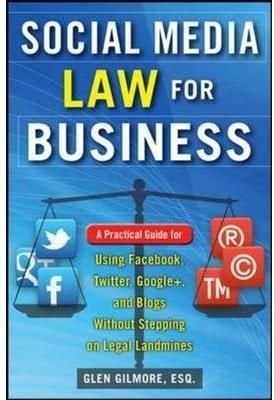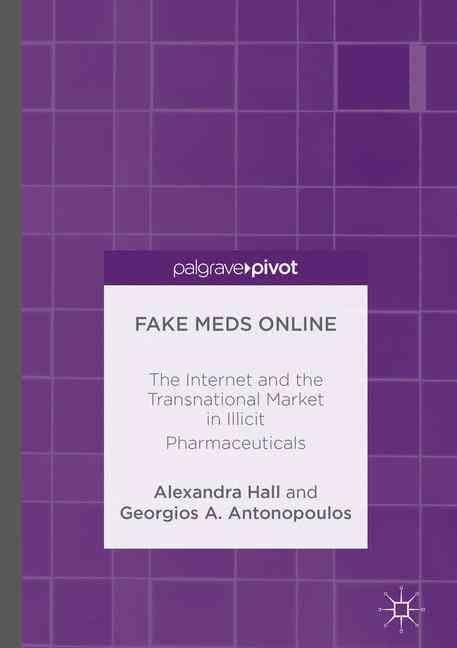Report Writing for Crime Scene Investigators provides students with the tools to write effective crime scene reports. Students looking to break into the field of crime scene investigations often take courses in report writing but the textbooks available are commonly geared toward general law enforcement and first responders. However, none of the books on the market focus on the craft of effective, informative writing with graphic crime scene-specific considerations in mind. While falling under law enforcement’s purview, crime scene investigations fall within the forensic science field, and, as such, the reporting required is more technical and often more scientific in nature than the average police report. Due to the lack of published resources and guidance in this critical area, there is no standard that currently exists for vital function within crime scene and investigative circles-and often the subject is given short shrift. This creates wide discrepancies among what students are being taught. This book is the first of its kind to provide students, and those professionals and agencies in need of a “blueprint,” with a resource to teach them the various types of reports-and how to refer to scenarios and specific types of evidence-to ensure that the report holds up under the process of an investigation and for use within the courts. Key features: Outlines the key distinctions between police-style reports and crime scene-style reports and writing Explains how to clearly and accurately provide an accounting and description of a variety of evidence recovered from a scene Details how to best organize the report in a logical manner and sequence, including the various components of the crime scene report Presents an explanation of the information that should be included in the report, and the rationale behind its importance, for testimonial purposes Report Writing for Crime Scene Investigators provides to the reader the fundamentals of effective report writing for the active field Crime Scene Investigator. Coverage includes the necessary steps to thoroughly document scenes and evidence-from the time the CSI receives the call until the time the CSI testifies in court. In addition to the student market, the book will be a welcome resource for professional crime scene investigators, attorneys, and as a reference and standard for professional training programs.












